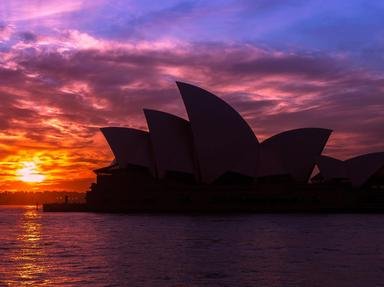Quiz Answer Key and Fun Facts
1. Which of the following best describes the population of the area that is now Brisbane prior to the arrival of Europeans in 1799?
2. Which British explorer was the first European to set foot in Brisbane when he explored Moreton Bay in 1799?
3. Brisbane was officially founded in 1824 and, like many other places in Australia, was founded as a penal colony. What kind of prisoners were housed in the new city?
4. In 1841, Merridio and Neugavill, two Aboriginal men accused of murdering Assistant Surveyor Granville Stapylton were executed at which site?
5. How many people died in the Great Fire of Brisbane that destroyed the central business district in 1864?
6. What was the primary cause of the 1893 floods in Brisbane (called the Black February Flood) that ravaged the city?
7. Founded in 1927, Brisbane is home to the Lone Pine Sanctuary, the first and largest sanctuary for which animals?
8. What was the Brisbane Line?
9. Which of the following best describes the Battle of Brisbane which occurred in 1942?
10. Which of the following was not a major problem experienced by Brisbane in the aftermath of World War II?
Source: Author
Joepetz
This quiz was reviewed by FunTrivia editor
gtho4 before going online.
Any errors found in FunTrivia content are routinely corrected through our feedback system.
